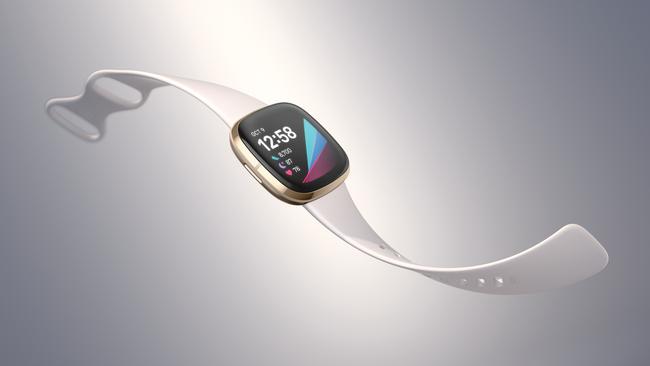Fitbit Sense is the one to watch if you want a medic and personal trainer on your wrist
Fitbit promotes its new premium watch as the consummate device for monitoring your health and workouts.
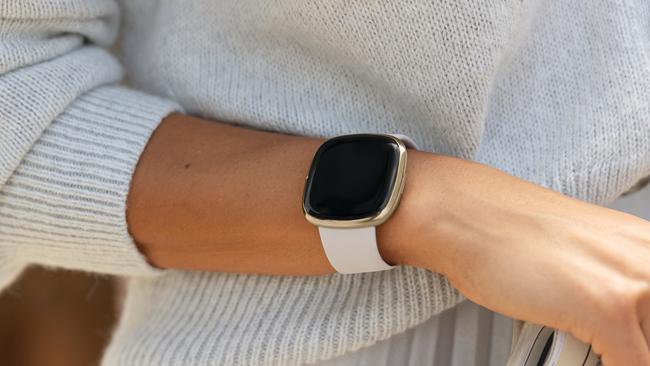
Fitbit promotes its new premium watch as the consummate device for monitoring your health and workouts. It’s not alone in that category. Polar this month announced its Vantage V2 for tracking your running and cycling and we will eventually see Withings ScanWatch in Australia, once it has received Therapeutic Goods Administration (TGA) approvals. It’s one to watch.
These watches purport to be different from generalist smartwatches by phone makers such as Apple and Samsung. If you’re an athlete keen on monitoring your fitness or an everyday person conscious of health, then Fitbit and its ilk say they go further.
Year 2020 is a good time to wear a health-oriented smartwatch with coronavirus lockdowns and working from home reducing our time out-and-about. We need to be conscious of general health, not only coronavirus, and smartwatches help with that.
The challenge for watches that collect enormous amounts of data is to interpret it and offer meaningful observations about your health status.
Raw data can be overwhelming, and somewhat meaningless. We are not astronauts in the International Space Station that rely on ground control to interpret what a fire hose of our personal telemetry data means for our wellbeing. Watches need to offer concise insights.
Artificial intelligence and machine learning may have an increasing role in alerting us to data that presents a concern.
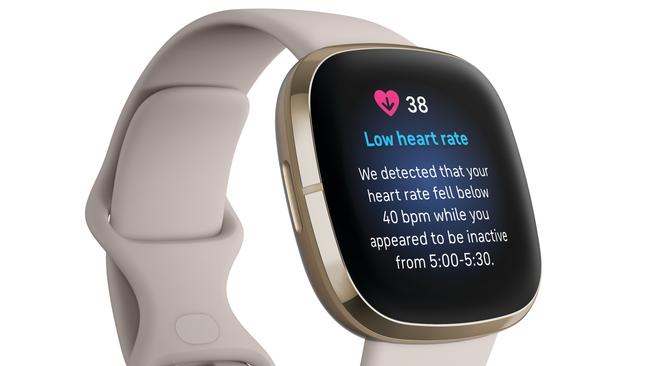
The Fitbit Sense is in the last batch of watches designed by the old Fitbit company. Google has been seeking antitrust body approvals for its US2.1bn ($2.93bn) acquisition of Fitbit. Currently it is after EU approval. Expect to see a resetting of Fitbit going forward.
The Fitbit Sense seems purpose made for the COVID era with stress tracking a feature. You may not need a watch to tell you that you feel rotten, but it seems you can be stressed without noticing it. Fitbit says the score is based on biological measurements – your heart rate, heart rate variability and electrodermal activity measured by an EDA scan which measure the sweat content on your palm.
You can do an instant stress test in two minutes by covering the watch face with your palm. I got 58 to 62 on my first test with 100 being stress free. There also are guided sessions on breathing, unwinding, and other activities that involve meditation exercises.
Apple made a big play on its latest watch’s oxygen saturation measurement capability and Fitbit offers a similar capability. In both cases you can track your oxygen saturation levels during sleep. Fitbit gets you to install a special watch face for that purpose.
As with Apple Watch, monitoring oxygen levels while you sleep isn’t a medically approved procedure for monitoring conditions such as sleep apnoea, but a low saturation level may prompt you to check with your doctor.
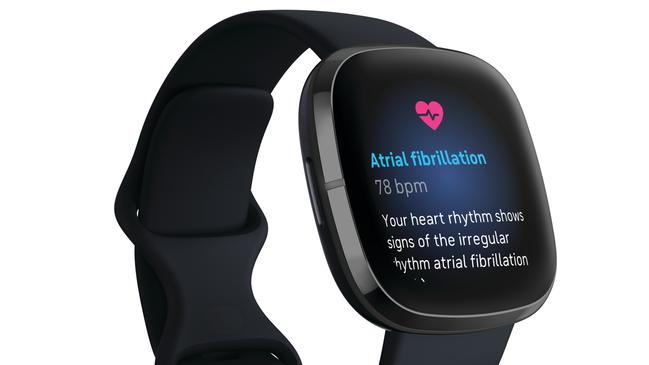
The Sense can continuously measure heart rate and can also measure heart rate variability. You will be notified if that variability moves outside your personal heart rate threshold.
Fitbit says the watch’s ECG app that assesses heart rhythm for signs of atrial fibrillation has US Food and Drug Administration approval, but it doesn’t have Australian TGA approval so it is not a medically-approved device in our market. (I dislike American tech using US FDA approval as somehow quasi-medical approval globally. In Australia, we need TGA approval.)
These measurement capabilities are additional to what users traditionally use Fitbit for, which is recording activities and exercise.
The Fitbit Sense can record cycling, bootcamp, circuit training, elliptical, golf, interval workout, kickboxing, martial arts, pilates, running, spinning, stair climbing, swimming, tennis, treadmill, walking weights, workouts and yoga.
The Sense will record exercise such as walks without you prompting it, but I find you need to actively select an exercise mode for GPS to switch in and for the app to produce an activity map. You view it either through the Fitbit app or on the web.
Apple and others also monitor a multitude of exercise forms but I like Fitbit’s graphical representation of exercise on web pages the most.
With Fitbit, I can use a slider to view pace, elevation, heart rate, and calories burned at each point on the map. The graphical representation of exercises that Fitbit offers on its web interface is one of its strengths.
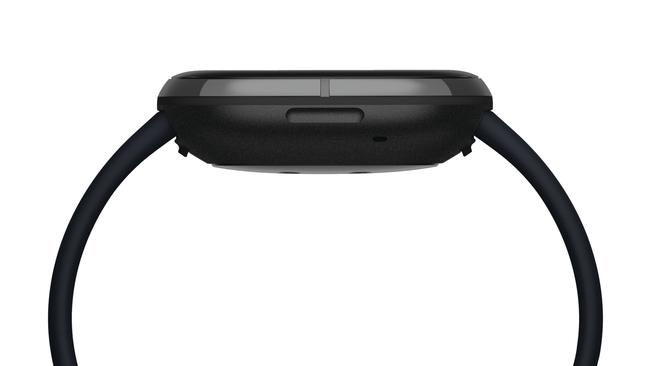
Fitbit Sense claims to deliver more than six days on a single charge and I’m on target to meet that goal. The use of GPS for exercise tracking, and using an always-on display will reduce battery life.
Fitbit was among the first to offer sleep monitoring. It provides granular sleep data such REM, light and deep sleep times along with periods of awakedness logged separately. Given the long battery life, you don’t have to worry about recharging every night before bed.
The Sense does operate some phone functions. I connected my review device to an iPhone and could receive calls and notifications, and control the music playing from the phone through the watch’s music app and Spotify.
Amazon Alexa is baked in, so you can use voice commands to set reminders and alarms, get the weather forecast and control your smart home. It’s a subset of what Alexa generally offers – sometimes, it tells you to ask the question using the Alexa app.
The Sense also lets you pay at stores by waving your smartwatch in front of a payments’ terminal. Manufacturers didn’t add contactless payments specifically with COVID in mind, but it is a bonus. I make payments without touching anything all the time.
There are some phone functions that don’t work – you can’t ask Alexa on the watch to call a number. Don’t expect advanced integration such as scribbling a text message, as you can with Apple Watch.

With Fitbit falling into Google hands, Google Assistant functionality is expected to be added later this year.
There’s a better selection of Fitbit apps these days with Spotify, Deezer, Uber, Find my Phone, Maps, Barcodes, ToDo List, News, Flipboard and Weather among them. However, the selection is small compared to what Apple and Google offer.
Design wise, you could mistake Fitbit Sense for an Apple Watch.
There are things I don’t like. The screen is not as responsive as it should be, and the all purpose button on the left side is a little buried. I have to slightly raise the watch to press it.
Finally there is Fitbit Premium. In Australia you pay $14.99 per month or $129.99 annually for Premium which gives you a health metrics dashboard, stress management analytics, guided EDA sessions and sleep score details for advanced analysis.
If the subscription was just a few dollars per month, I probably wouldn’t mind so much, but paying $14.99 monthly to me is outrageous for a watch that is $499.95. You’d expect these features without extra cost.
The Fitbit Sense has its issues, but it does home in on health and fitness. If that’s what you need, it might be for you.
